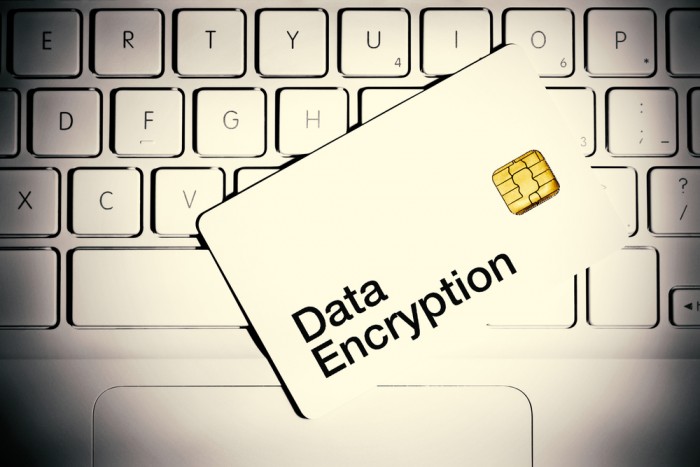Data is moving to the cloud. It is moving quickly and in enormous volumes. As this trend continues, more enterprise data will reside in the cloud and organizations will be faced with the challenge of entrusting even their most sensitive and critical data to a different security environment that comes with using the cloud. Cloud service providers need to take the necessary steps to keep pace with these changes, all while instilling in customers the utmost confidence in the security of their environments. Due to the prevalence and public visibility of hacks and data breaches, confidence in cloud security may not come easily. However, for every apprehension or concern about cloud security, there is a tool or method available to properly secure the cloud and allow customers to enjoy the benefits of cloud computing while maintaining the proper level of security.
While there are many ways to secure the enterprise cloud, this article will highlight some of the most important features used to secure data in the cloud including authentication, authorization and encryption.
Let’s start with authentication. To make sure only authenticated users can log into a cloud service, enterprises should use an authentication mechanism held outside the cloud and in an enterprise datacenter. Many enterprises authenticate users by using Secure Sockets Layer (SSL) to establish an encrypted connection between their cloud provider service and their existing internal Active Directory Federation Services (ADFS) or Lightweight Directory Access Protocol (LDAP) server. Another popular authentication method is to use Security Assertion Markup Language (SAML) for Single Sign-On (SSO) that makes it easier for users to log in to multiple systems without remembering multiple passwords. Cloud Service Providers should also offer ways to integrate user authentication with two-factor authentication or multi-factor authentication tools that provide additional layers of enterprise security.
Second, authorizing the functionality a user can access is another way to help secure data in the cloud. After a user is logged in a cloud platform needs to provide rich functionality to authorize user actions. An enterprise cloud platform should also include Role Based Access Control (RBAC) that allows the authorization of users by source IP address, by username or by groups of users. The most advanced cloud platforms allow users to build customized Access Control Lists to build simple or complex authorization rules.
Finally, encryption is an additional level of security that encodes all the data so that only users who have a proper key can read it properly. Users without the key either cannot see the data or it is seen as an unintelligible string of characters. The first way cloud providers use encryption is to secure all data in-flight between client browsers and the cloud provider using Transport Layer Security (TLS), a protocol sometimes referred to by its legacy name SSL. This use of encryption secures all data between the enterprise customer site and the cloud service provider so it cannot be read in transit across the Internet.
In addition to using encryption for data in-flight, many cloud providers can also encrypt data at-rest while stored in a database using technologies like column encryption. Database column encryption, as the name suggests, can encrypt each database column using a unique private encryption key. This usually takes the form of authorizing specific fields to be visible by certain users or users with certain roles. For example, this use of data at-rest encryption could potentially only permit users who have an authorized Human Resources role to see database fields showing employees home addresses and other personal information in an unencrypted format.

For some cloud service providers, there is an additional way to use encryption –encrypting data in the enterprise before it is sent to the cloud service provider. This technique uses a proxy application that resides in the enterprise network and encrypts data with a private key before sending it to the cloud. The data remains encrypted while in-flight and at-rest in the cloud. It is then sent back to the proxy application when requested and decrypted by the proxy. While this approach may seem to have security advantages, it can severely limit the usefulness of the data in the cloud as it is all encrypted and not readable by any cloud services.
While securing the cloud is a complicated, technical process, these main features represent the most foundational parts of properly securing the cloud. With consistent and thorough application of the proper security measures cloud service providers will enable customers to unlock the potential of the cloud.
By Allan Leinwand





